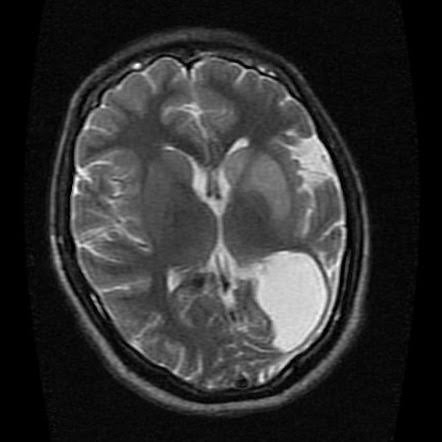
Rasmussen encephalitis

17.10.2023
Rasmussen encephalitis , Daily Current Affairs , RACE IAS : Best IAS Coaching in Kanpur
|
For Prelims: important point,Rasmussen Encephalitis,symptoms For mains:Reason for this disease,Most affected age group,Treatment |
Why in the news?
Recently, doctors 'shut down' half of a 6-year-old girl's brain to get rid of a rare disease called Rasmussen Encephalitis.
important point:
- Doctors at Loma Linda University Health in California shut down half of a sick girl named Brianna Bodley's brain to help her.
- This was because he had a disease called Rasmussen encephalitis, which causes inflammation of the brain.
- Doctors closed the right side of Brianna Bodley's brain to protect her from a disease called Rasmussen's encephalitis.
- Briana's family has set up a GoFundMe to help with medical expenses.
About Rasmussen Encephalitis:
- Rasmussen encephalitis is an extremely rare, chronic inflammatory neurological disease that usually affects only one hemisphere (half) of the brain.
- In the United States, approximately 500 children suffer from this rare disease.
symptoms :
- frequent and severe seizures
- Inflammation of the brain (encephalitis)
- Progressive weakness of one side of the body (hemiparesis),
- Language problems (if on the left side of the brain) and
- intellectual disabilities.
Reason for this disease:
- The exact cause of this disorder is not known.
- Two major ideas are that brain inflammation may be a response to a foreign antigen (infection). Or
- An autoimmune disease limited to one side of the brain may result in brain damage.
Most affected age groups:
- This occurs mostly in children between two and ten years of age.
- It can also affect teenagers and adults.
- In many patients the course of the disease is most severe during the first 8 to 12 months.
- After reaching peak inflammatory response, progression of this disorder slows or stops, and the patient is left with permanent neurological deficits.
- This often results in permanent disabilities such as epilepsy, paralysis and cognitive problems.
- Severity varies among individuals.
Treatment:
- Anti-seizure medications: These medications are often used to manage seizures, although they cannot eliminate them completely.
- Immunotherapy: Early use of immunotherapy may help control seizures or prevent immune-related brain damage.
- Brain surgery (hemispherectomy): In this, half of the patient's brain is separated from the rest of the brain.
Source:Hindustan times